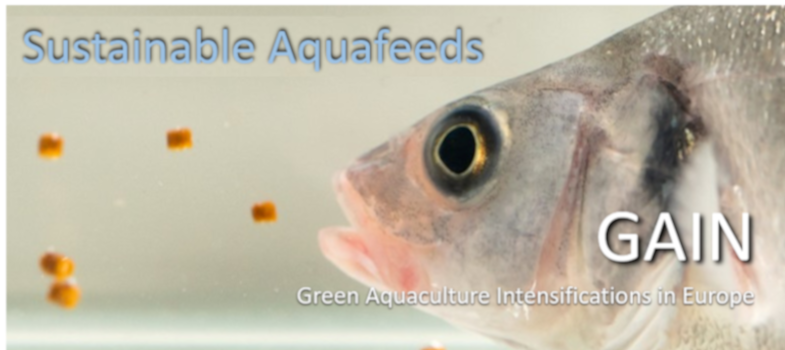Simulation models
Simulation models is a holistic approach that integrates knowledge on nutritional effects on growth and metabolism. Data from different studies and using various methodologies are used to build models that simulate the growth process in time, based on the underlying mechanisms, which are translated into equations. Model parameters have as much as possible a biological/biochemical meaning so to make interpretation easier. Such models are made of a set of equations that calculate the transfer of nutrients (e.g., protein, fatty acids) between the compartments considered (e.g., gut, liver, muscle).
Any model is always a simplification of reality, where usually only the main processes are considered. Once a model is tested, improvements can be made, so nutritional modelling is a continuous process of obtaining results in fish nutrition trials and incorporate them into mathematical equations.
Future use of modelling techniques will accelerate the development of optimised diets and feeding strategies for different fish species. It will allow a faster screening of possibilities and to select feeds/feeding regime scenarios that are worth testing in research and farming situations. For an example of the use of such a modelling tool on aquafeed evaluation please read the article here.
